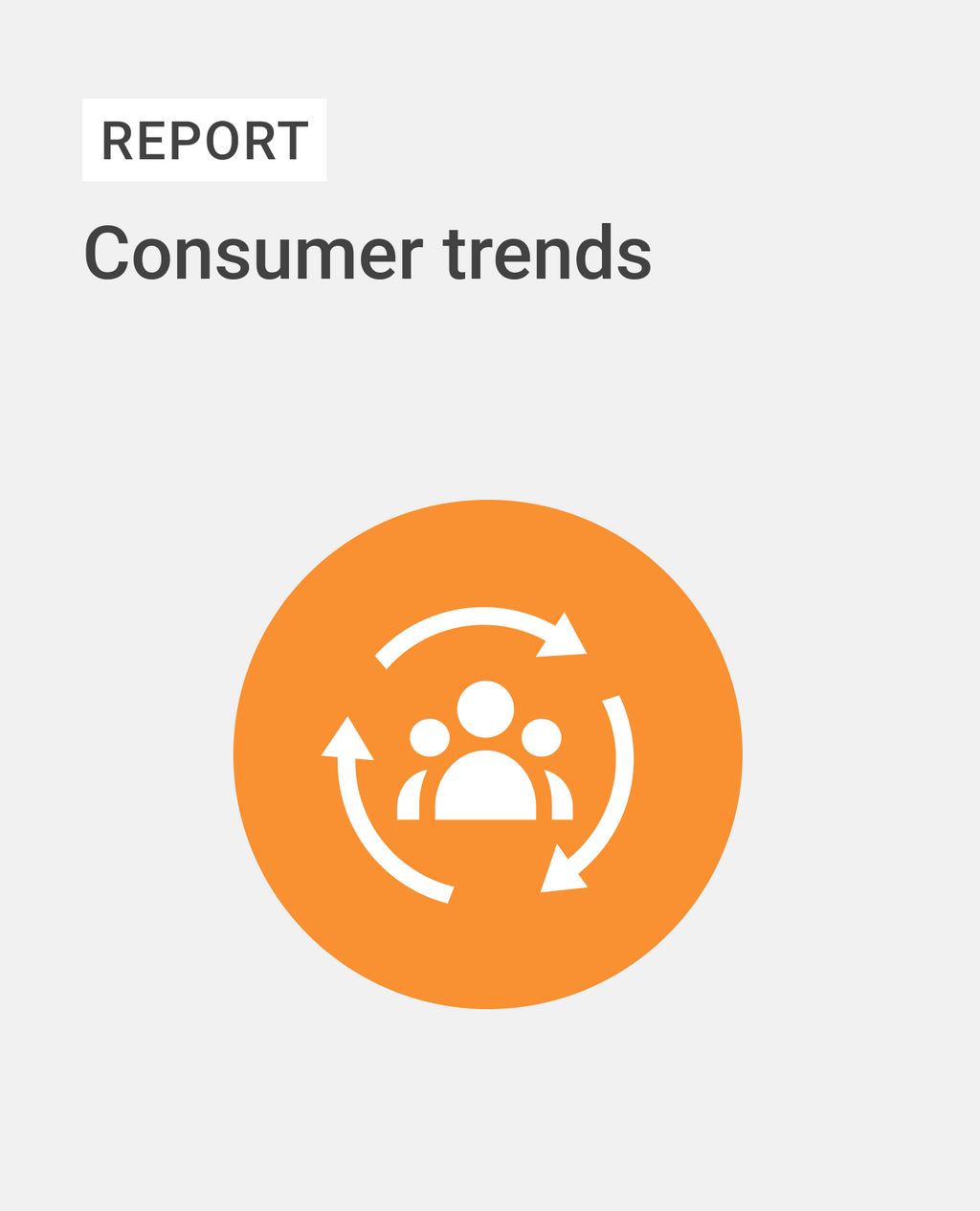5 Social Media News Stories You Need to Read Right Now
By Yasmin PierreNov 18
Brandwatch announces strategic collaboration with Google Cloud's gen AI technologies, to advance capabilities of its AI-driven insights.
Published March 17th 2023
In 2023, the consumer landscape is changing. Here’s what you need to know.
Discover the latest trends in health and wellness, the cost of living crisis, consumer shopping behavior, and much more..

Existing customer?Log in to access your existing Falcon products and data via the login menu on the top right of the page.New customer?You'll find the former Falcon products under 'Social Media Management' if you go to 'Our Suite' in the navigation.
Brandwatch acquired Paladin in March 2022. It's now called Influence, which is part of Brandwatch's Social Media Management solution.Want to access your Paladin account?Use the login menu at the top right corner.